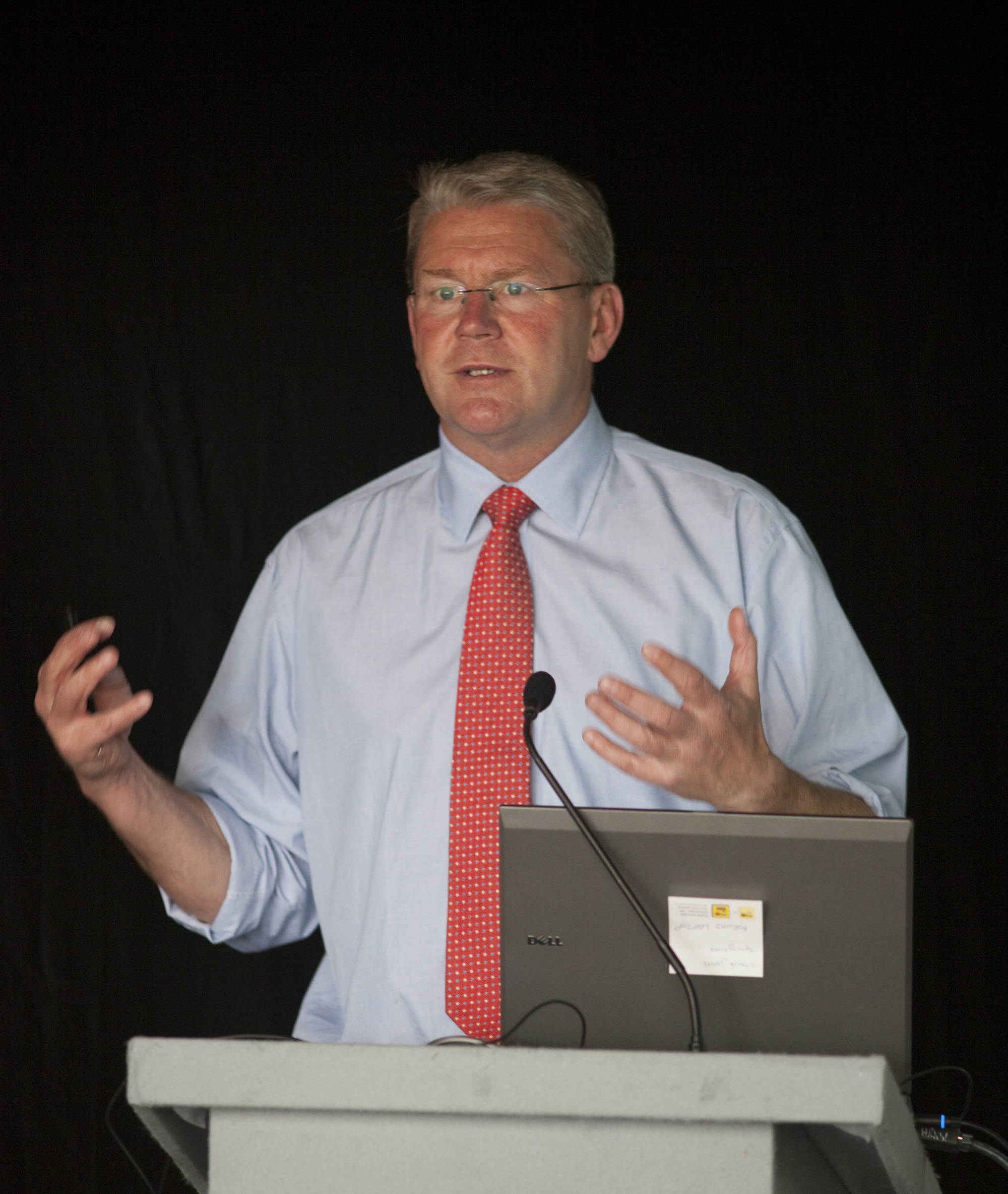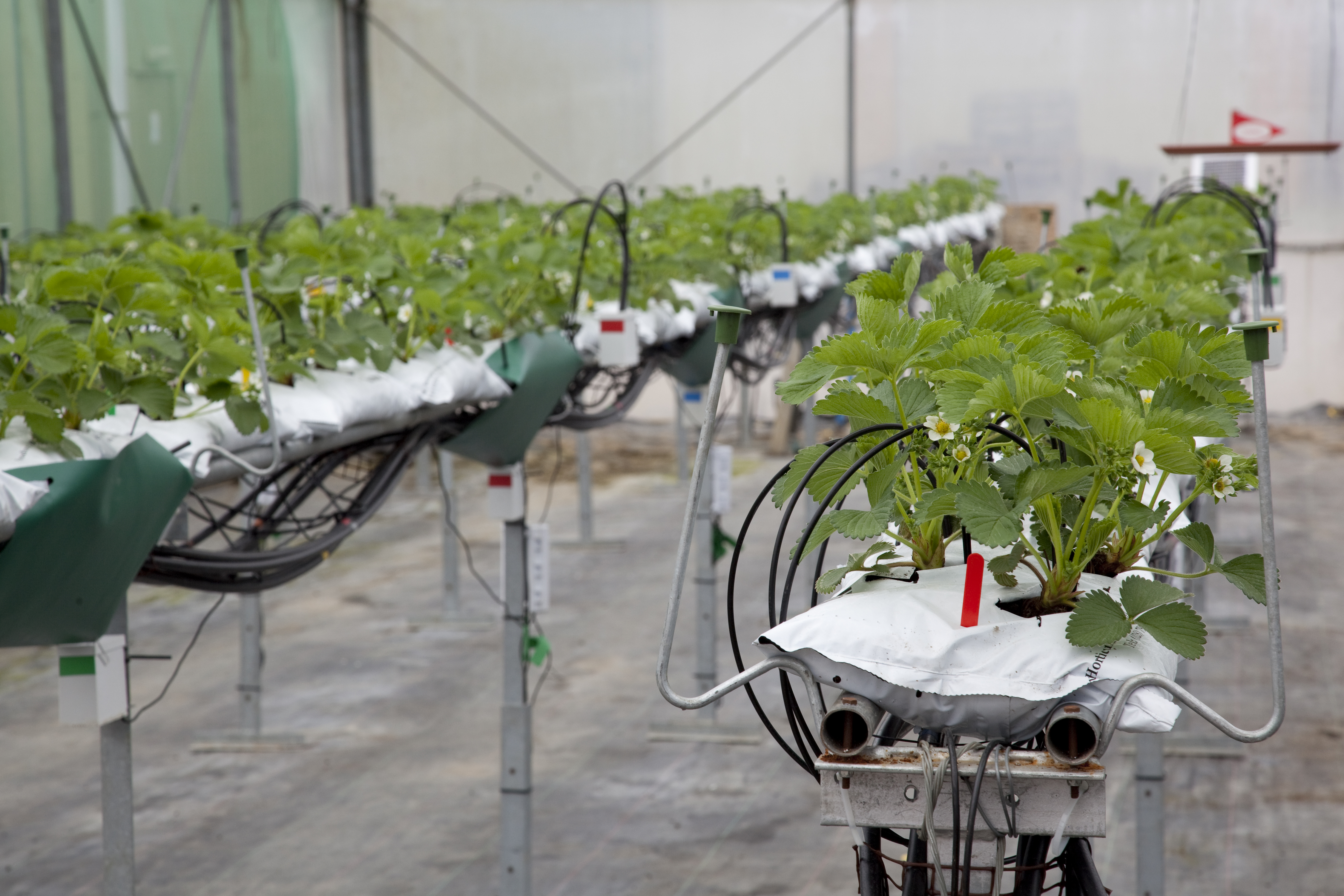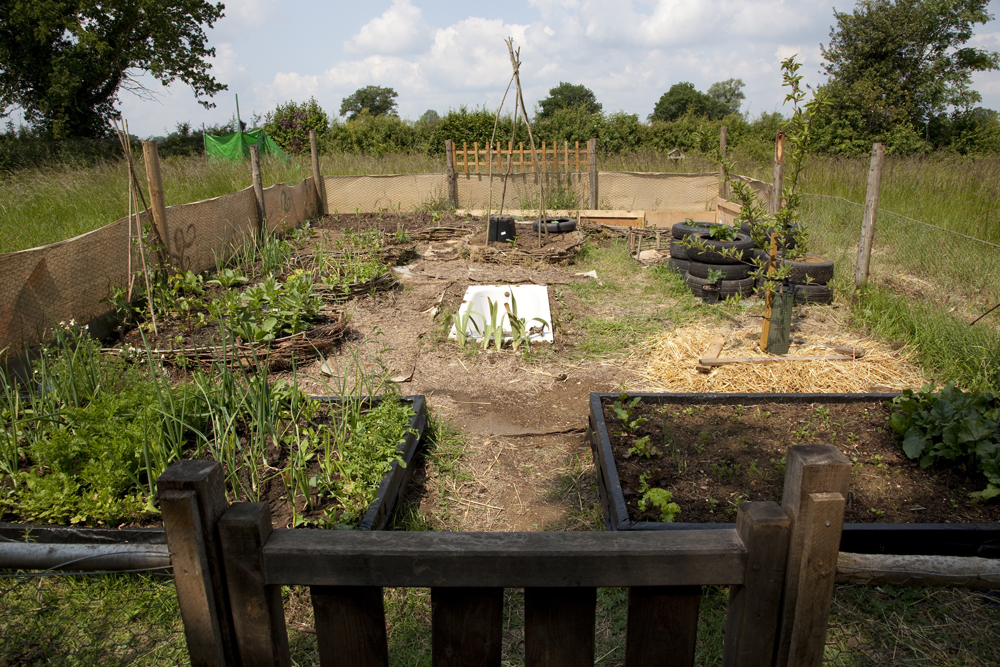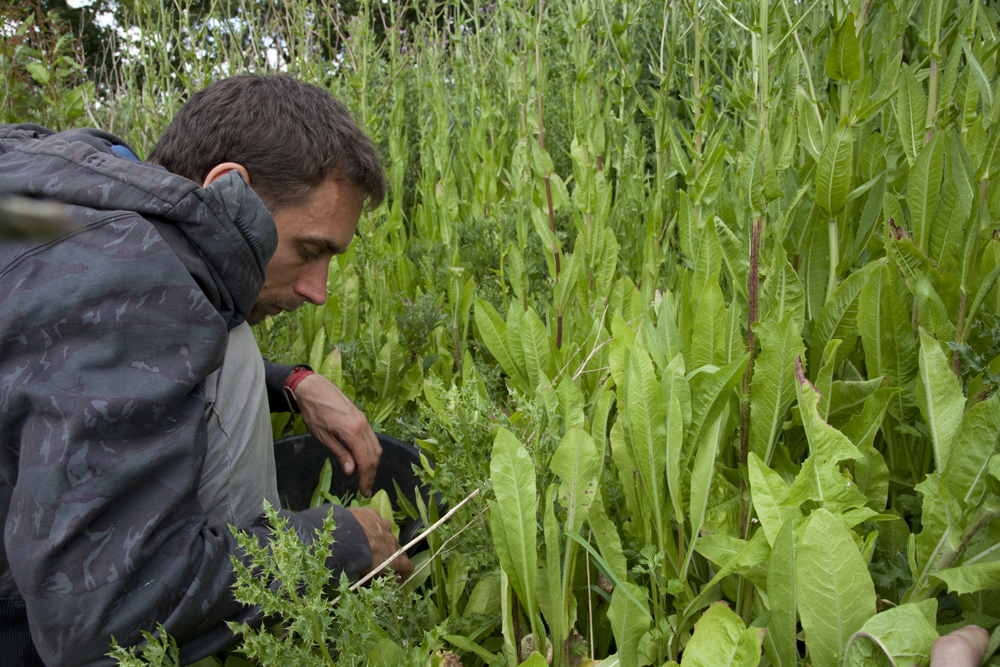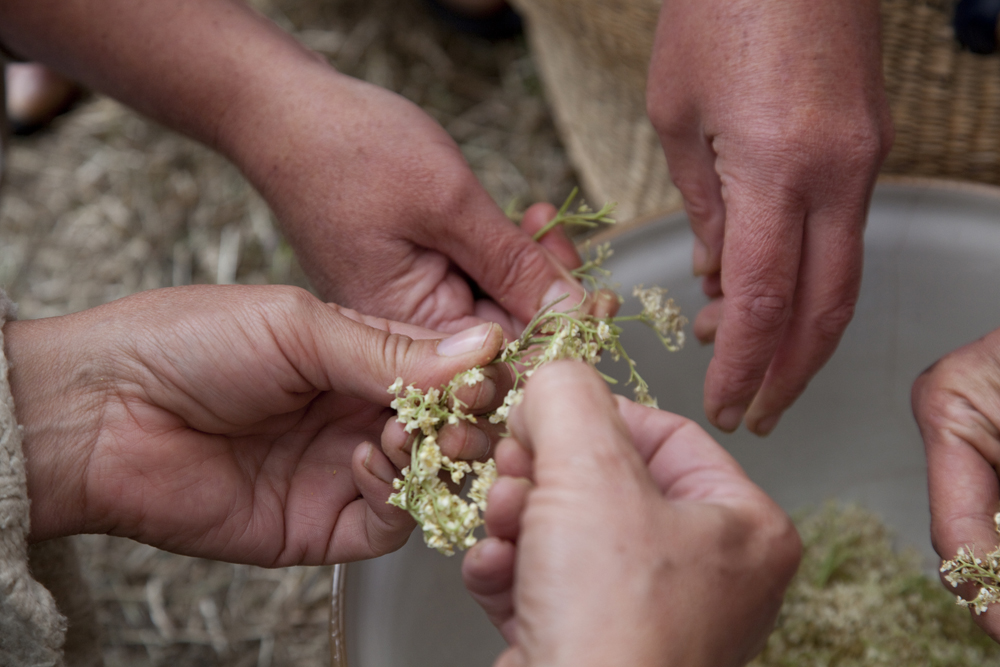Category: News
Work on Belo Monte Dam halted from ruling by Brazilian Judge
BBC – Brazil Judge Halts Work on Belo Monte Amazon Dam
Reported on BBC news yesterday (thurs) this is big news for the Belo Monte Dam story: A high court judge has ruled that construction of the Dam to be halted with immediate effect, in order to stop any interference of the flow of the Xingu river, one of the Amazon’s main tributaries. This is great news for the campaign, although the fight is far from over.
According to Ruy Sporsati from Amazonwatch / Xingu Vivo Para Sempre, this is a small step and the type of decision that a large consortium like Norte Energia can easily bypass over time. At present they are only building the workers quarters which is fairly far away from the river, a site which I visited with Ruy back in April when construction had already begun, this was before the full licence was granted on 1st June. This is an important day for the campaign, and has brought it back into the International public eye with some much-needed press, but in essence it’s business as usual for Norte Energia, at least for now.
Below: Workers surveying the site of the banks of the Xingu for the density of the land. Building Belo Monte will need more earth to be moved than was excavated to make the entire Panama Canal.
Shortlisted for Environmental Photographer of the Year
One of my images ‘Bolivian Tin miner’ was shortlisted for the Environmental Photographer of the Year competition, run by CIWEM. They are now in the final judges stages, results tbc…:
This is the image that was selected:
Belo Monte Dam in the Ecologist
Below is an article by Karen Hoffman who is working with Amazonwatch and Xingu Vivo Para Sempre in Altamira, Para, Brazil – the same team I produced the Belo Monte photostory with back in April. The piece gives a good insight into the logistics and politics behind the dam and how it will affect the local indigenous people. Published in the Ecologist in August 2011.
Belo Monte dam marks a troubling new era in Brazil’s attitude to its rainforest
Karen Hoffmann – 15th August, 2011
Belo Monte is just one of a dozen giant dam projects Brazil plans to build in the Amazon region in the coming decades and opens up the world’s largest tropical rainforest to oil and mining exploration
The Kayapó chief stands, and a hush comes over the circle. All the other caciques wait expectantly for Raoni Metuktire to speak.
Instead, he starts to dance, whooping and shouting, a dance for the enemy. Afterwards, he speaks. ‘I will go there, to Belo Monte, and warn my family,’ he says, the disc in his lower lip punctuating his words. ‘What happened with Tucuruí will not happen again.’
His nephew Megaron Txukurramãe translating, Raoni exhorts the chiefs gathered at the 50th anniversary of Brazil’s Xingu Indigenous Park: ‘I want you to feel strong, you are great! I want to see you fighting!’
Raoni and Megaron are intimately familiar with the Belo Monte dam. They’ve been fighting it for decades. Belo Monte’s first incarnation was called Kararaô, a name that was quickly changed after indigenous people pointed out that the word, in Tupi, means ‘war.’
In 1989, a major protest was held in the town of Altamira. Even Sting showed up at the event. In a memorable speech, a Kayapó woman said: ‘Electricity won’t give us food. We need the rivers to flow freely. Don’t talk to us about relieving our ‘poverty’ – we are the richest people in Brazil. We are Indians.’ (See‘Adios Amazonia?’ in the Ecologist, Vol 19 No 2, March/April 1989)
That protest put the brakes on Belo Monte for two decades. But now, the project is on the fast track once again.
The picture has changed significantly since 1989. Then, the funding was mostly international: loans from the World Bank and international companies like Lloyds of London, Midlands, and Citibank. This made the project more susceptible to international public pressure.
This time around, the dam is being funded by Brazilian government and business. The consortium that’s building the dam, Norte Energia, is mainly funded by the Brazilian National Development Bank (BNDES), reportedly with a push from President Dilma Rousseff, formerly Minister of Energy.
Belo Monte’s price tag is a substantial R$30 billion, but its actual cost is even higher. The enormous dam – it will be the third largest in the world – will both flood more than 500 square km, including parts of Altamira, and dry up more than 100 km of the Xingu River.
The particular section of the river most affected, called the Big Bend, happens to be home to indigenous and riberine communities such as the Juruna, Arara, and Kayapó. The project would cause the disappearance of entire species of birds, reptiles, and fish, and displace tens of thousands of people.
And Belo Monte is just one of dozens of giant dam projects Brazil intends to build in the Amazon region in the coming decades.
First dams then mining
The obvious argument in favor of hydroelectric projects is that Brazil needs more energy to power its astonishing ascent. But critics say that energy could be recouped in other ways. ‘Brazil could be hugely more efficient in its transmission and consumption of energy,’ says Brent Millikan, Amazon Program Director of International Rivers.
Where, then, will the 11,200 megawatts generated by Belo Monte go?
‘Belo Monte is a pretext for mining and oil exploration in the Volta Grande,’ says Sheyla Juruna, a leader from the Juruna tribe. One journalist tells me she has the governor of Pará on record saying just that.
Tucuruí, the older dam project of which Raoni spoke, was built in the 1980s on the Tocantins river to convert bauxite into aluminum. It caused major flooding along its 125-km reservoir and caused loss of forest, displacement of indigenous peoples and riverside residents, eliminated fisheries, created breeding grounds for mosquitos, and caused mercury methylation with potentially grave public health consequences for fish consumers in urban centers like the city of Belém, says researcher Philip M. Fearnside of the National Institute for Research in the Amazon.
Organicelea
Yesterday I was down at Organiclea’s Hawkwood nursery for an open day and good food swap. Organiclea is a workers co-operative that ‘grow’s food, sells food, and helps you grow food.’ At the nursery in Chingford, East London, is an abundant glasshouse and outdoor plot, growing a lot of the vegetables that go into their market stalls and veg box scheme. All the veg is organic, and through these initiatives they aim to have good locally grown food getting direct to the consumers. I got some winter salad seedlings to get growing on my windowsill: wild rocket, salad rocket and lambs lettuce.
The Good Food Swap is a great idea: people bring something they have either grown, made or foraged. All items are laid out and labelled, then the bartering commences, where everyone can see what they can exchange for their wares…
I Eat Therefore I am
Anyone who eats should watch this film, please take half an hour of your life for it, it is one of the most informative and important things you may ever see – I know it was for me.
Behind the Seeds – part 1 complete
Last month I was in the westcountry for the first phase of Behind the Seeds photo project. Staying in Devon for 2 weeks, I visited some small and medium scale organic farms to see how independent producers are making it work in the UK. This is the first phase of a larger project all about the issues of food security and food sovereignty, an issue that needs a lot more attention in the media and from the public, something that affects us all and is only going to get more important as time progresses.
 Strawberry picking at Riverford
Strawberry picking at Riverford
During the fortnight there I managed to gain access 6 different sites, looking at a variety of food production and techniques. The organic veg box people at Riverford were the largest producer visited, and they were very accommodating thanks to Rachel Lovell, I now get one of their boxes every week. I visited Permaculture projects Embercombe (also a WWOOF site) and the Agroforestry Research Trust. Also on the agenda was Higher Hacknell which is an organic take on a traditional arable and livestock farm (thanks Jo), natural farmhouse cider courtesy of Hunts, and as featured in a previous post, the revolutionary Verticrop at Paignton Zoo.
During the project I was living in my campervan, in the evening editing the photos by candlelight and getting online with the new found wonders (to me) of my smart phone, it’s amazing what technology is possible of these days! So although I may not have been able to have a shave for a couple of weeks, I was still up to date and connected. The Canon 5D performed fantastically throughout the project, the battery life being particularly impressive. I was recording audio during most of these shoots, both for informative notes and to put together a multimedia piece in the future. This phase of the series is now edited and will be published on here at regular intervals. I’m also sending it out to various magazines in the UK and Germany for potential publication, both as sections and later as a whole piece. This stage of the project will form a pitch to push things forward and try and get access to larger scale agricultural sites, intensive dairy and meat farms and industrial food processing factories, when they agree to grant access.
Food Sovereignty
Last night’s event at the Rich Mix in London, organised by 6 Billion ways was a talk about food sovereignty. This term was coined by Via Campesina, which is the largest social movement in the World, started in 1993, it is a coalition of 148 organisations, representing as many as 150 million members globally.
The screening and talks raised some excellent points and was a real insight into the imported food industry, how it affects all of us and why it is so important to buy locally. The most important point is how the WTO sets a global price for a commodity, which is the lowest that it can be possibly be bought in the WORLD, therefore not taking into account local economic situations, price of labour and seasonal factors.
Talking was Friends of the Earth’s Kirtana Chandrasekaran who wrote the excellent report ‘From Forest to Fork’ which can be viewed here.
This is something that every single person who eats should know about and act on. Behind the Seeds photo project is designed to help bring light to this extremely important issue, bringing the message to the public.
International Day of Action to Defend the Amazon
Today there will be actions all over the World is protest to the building of Belo Monte Dam in the Xingu region of the Brazilian Amazon. The protests are organised by regional groups co-ordinated by AmazonWatch
London event page – http://www.facebook.com/event.php?eid=106398789461800
It therefore is an appropriate day to link to my photos story about the communities that will be affected by the Belo Monte dam, shot earlier this year, view the story here
Verticrop
I’m now editing through the first phase of Behind the Seeds, below are the photos from Verticrop at Paignton Zoo from a couple of weeks ago. It produces the same yield as a farm in the equivalent space as a garden, very interesting idea: something that could be at the forefront of food production, especially in an urban environment, for more info – Verticrop
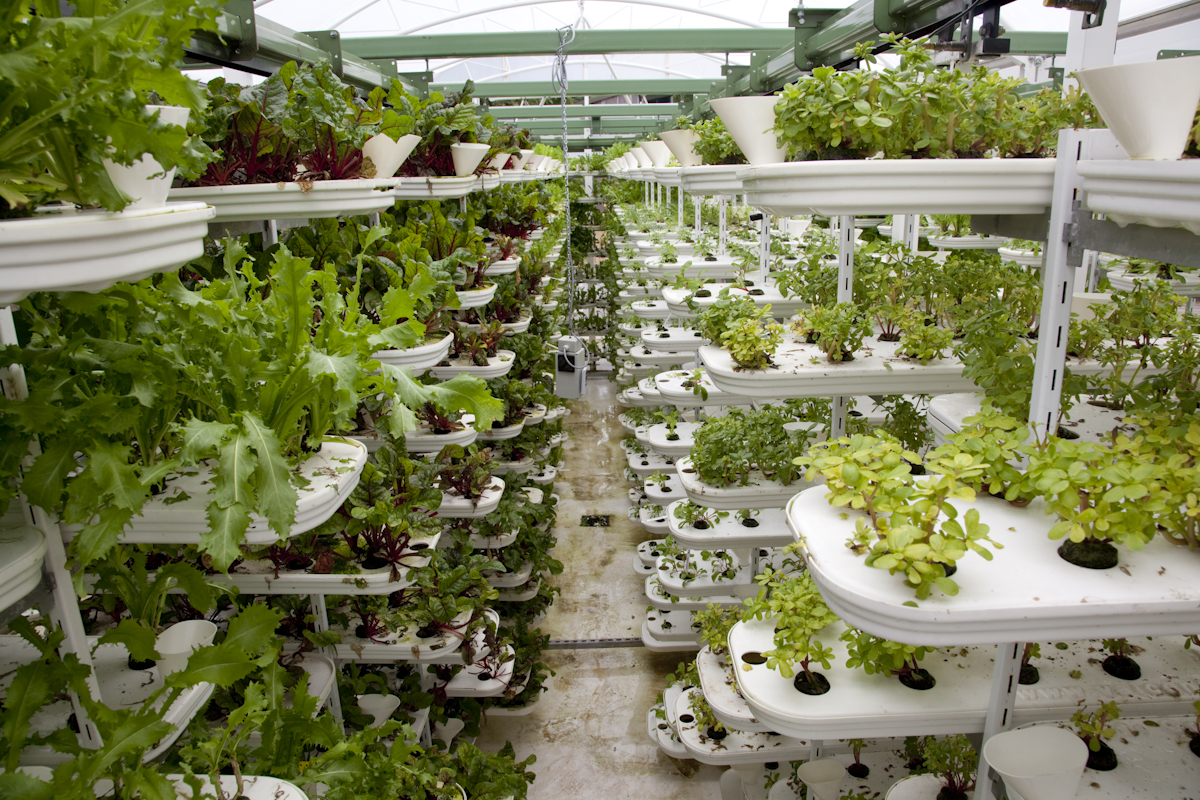 Verticrop at Paignton Zoo produces food for the animals in a minimal amount of space
Verticrop at Paignton Zoo produces food for the animals in a minimal amount of space
Good Advice
Found this film / audio clip, orinigally posted on photojournalism links, some great advice for young photographers – Top industry pros on the Canon professional network site, telling it like it is – do the work, and it will happen: If you build it, they will come…watch it here
Fruit Focus
Last week I was photographing the Fruit Focus trade show for Haymarket exhibitions. The show was a real insight into what’s going on inside the fruit industry, learning the opinions and concerns about UK growers and distributors.
The conference the day before the show was in it’s inaugural year, and the topic was automation. With speakers from all over the World, there were some interesting techniques on show, including an automated fruit selection machine closely based on the human hand, currently being developed using US military technology, raised cropping systems for apple harvesting, film of a heavily automated lettuce factory in Spain, and Verticrop: the vertical hydroponic growing system at Paington Zoo, which I visited this week (photos will be posted this week). The question now is will automation catch on, and how will it benefit the consumer and the industry. It seems this question will be coming up a lot during working in the ‘Behind the Seeds’ project.
Here are a few photos from the show:
John Stanmeyer – The End of Plenty
Link to John Stanmeyer of VII’s extended photo essay ‘The end of plenty’ about the global food crisis. It’s fantastic work, if I can get close to this standard with my food project ‘Behind the Seeds’ I’ll be very happy.
Link – The end of plenty
Permaculture Design Course, Norfolk
Here’s some photos from the Permaculture design course in Norfolk that I photographed and participated in back in June, courtesy of Integral Permanence. They are currently fundraising for a Permaculture film project, aiming to set off very soon, so if you like, give them some support, I did, as I think it’s a very worthwhile project… http://www.impermanencefilm.org/
The course was a great insight and introduction to food growing from an alternative and unusual angle. It was the beginning of a journey that’s shaping up to be very educational about all aspects of growing and making food, what’s happening now and where it’s headed: visiting food production sites at every end of the spectrum.
Westcountry bound
Over the next 2 weeks I’m going to be in devon and Cornwall, visiting some very interesting and forward looking initiatives.
First port of call is Paignton Zoo as mentioned in my last post, followed by some ground breaking projects at the Agroforestry research centre at Dartington, Embercombe, Plants for a Future in Cornwall, and the veg box people at Riverford Organics. I will be uploading plenty of photos and updates during this time, hoping to get some food related discussion going.
Heres some links to the sites:
Fruit focus
Today I’m shooting the fruit focus event for haymarket media. From the speakers today, it seems that food security and sustainability is on everyone’s minds.
There’s a lot of discussion about increasing and improving food production in the UK, which is certainly a good thing.
At the fruit focus conference yesterday looking at automation, there were a number of interesting ideas and techniques about how to move food production forward.
This included a talk from Kevin Frediani who runs the award winning vertical garden at paington zoo, which I have arranged to visit in the coming weeks.




















